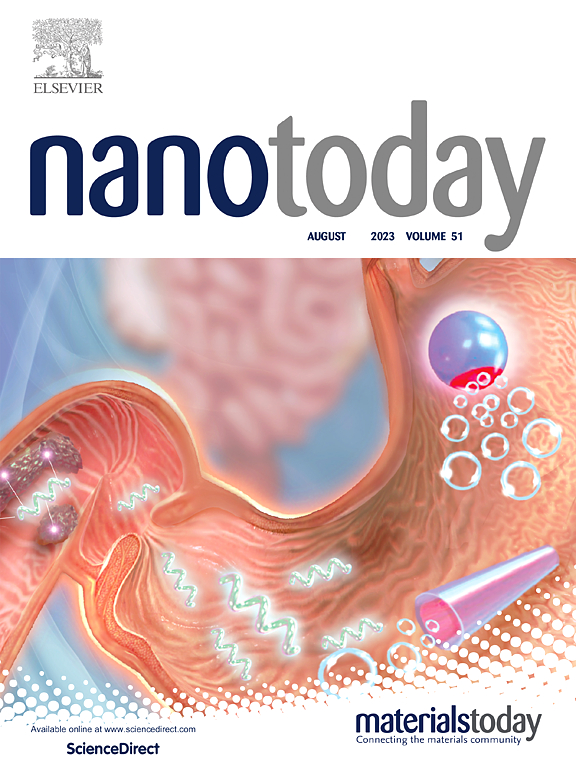Understanding the zeta potential of nanomaterials through predictive nanoinformatics
IF 10.9
1区 材料科学
Q1 CHEMISTRY, MULTIDISCIPLINARY
引用次数: 0
Abstract
Nanomaterials are employed extensively in materials engineering and nanomedicine due to their unique properties. Therefore, understanding how they interact in the environment is imperative to ensure the successful development of complex and safe nanomaterials. The zeta potential is a principal determinant of the behavior of nanomaterials, including surface charge characteristics and stability. This article presents the first comprehensive review of recent advances in the computational study of the relationships between nanomaterial structure and its zeta potential. The implementation of data-driven methods for this purpose is analyzed, particularly the machine learning-based modeling of nano-quantitative structure-property relationships. Moreover, this review examines the application of physics-based methods, specifically quantum mechanics, including density functional theory calculations, molecular dynamics, and Monte Carlo simulations, to predict and understand the factors influencing the zeta potential of nanomaterials in environments, including medium-nanosurface interactions, at the molecular level. The importance of theoretically characterizing the molecular structure by utilizing complex nanodescriptors and their mechanistic interpretation have also been discussed. In summary, this article describes the application of nanoinformatics in predicting the zeta potential of NMs, from its evolving landscape to its challenges and future directions.
通过预测纳米信息学了解纳米材料的zeta电位
纳米材料以其独特的性能在材料工程和纳米医学中得到了广泛的应用。因此,了解它们如何在环境中相互作用对于确保复杂和安全的纳米材料的成功开发至关重要。zeta电位是纳米材料行为的主要决定因素,包括表面电荷特性和稳定性。本文首次全面回顾了纳米材料结构与其zeta电位之间关系的计算研究的最新进展。分析了为此目的的数据驱动方法的实现,特别是基于机器学习的纳米定量结构-性质关系建模。此外,本综述探讨了基于物理的方法的应用,特别是量子力学,包括密度泛函理论计算,分子动力学和蒙特卡罗模拟,以预测和理解影响纳米材料在环境中的zeta电位的因素,包括分子水平上的中纳米表面相互作用。本文还讨论了利用复杂纳米描述符对分子结构进行理论表征的重要性及其机理解释。综上所述,本文描述了纳米信息学在纳米纳米材料zeta电位预测中的应用,从其发展前景到其挑战和未来方向。
本文章由计算机程序翻译,如有差异,请以英文原文为准。
求助全文
约1分钟内获得全文
求助全文
来源期刊

Nano Today
工程技术-材料科学:综合
CiteScore
21.50
自引率
3.40%
发文量
305
审稿时长
40 days
期刊介绍:
Nano Today is a journal dedicated to publishing influential and innovative work in the field of nanoscience and technology. It covers a wide range of subject areas including biomaterials, materials chemistry, materials science, chemistry, bioengineering, biochemistry, genetics and molecular biology, engineering, and nanotechnology. The journal considers articles that inform readers about the latest research, breakthroughs, and topical issues in these fields. It provides comprehensive coverage through a mixture of peer-reviewed articles, research news, and information on key developments. Nano Today is abstracted and indexed in Science Citation Index, Ei Compendex, Embase, Scopus, and INSPEC.
 求助内容:
求助内容: 应助结果提醒方式:
应助结果提醒方式:


